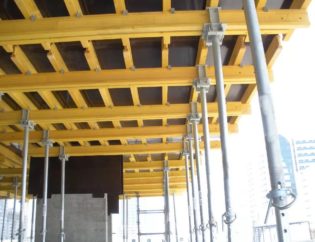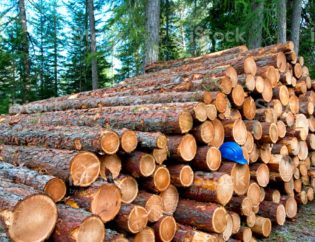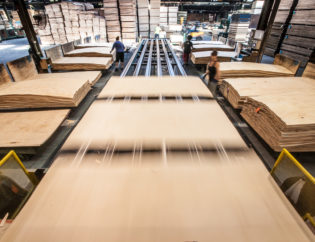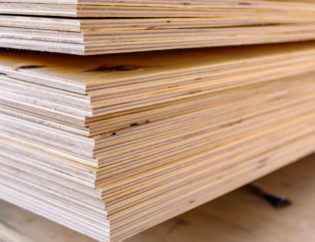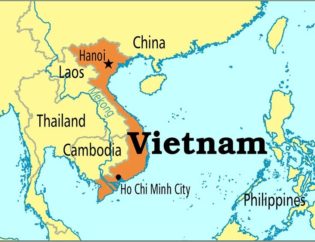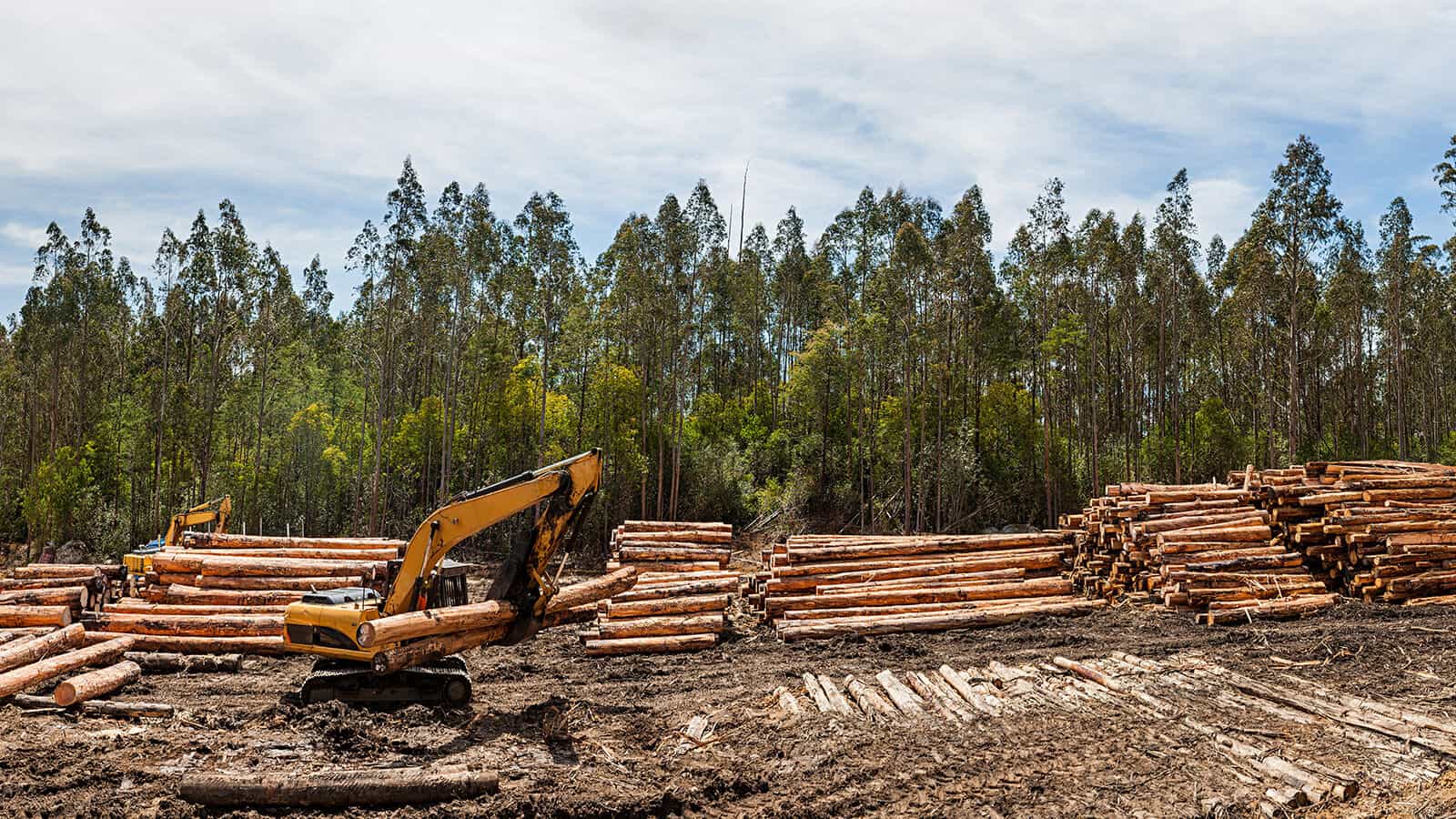
Powerofpositivity – Researchers warn that the Amazon rainforest may soon turn into a savannah-like ecosystem due to excessive logging and climate change. As much as 40% of the existing rainforest could transform into a savannah, according to a study in the journal Nature Communications. Since rainforests need a certain amount of rainfall and moisture levels to thrive, prolonged drought and severe wildfires can throw off balance. The new landscape would have far fewer trees as well as woodlands and grasslands characteristic of savannahs.
Scientists knew these changes would occur eventually but thought them to be a few decades away, at least. Of course, it will take a while for the complete shift to occur. However, since the transformation is already underway, it’s extremely hard to reverse. Some scientists believe that in as little as 50 years, the forest of the Amazon could completely disappear. Since rainforests play a huge role in regulating the climate by absorbing carbon dioxide, the loss could prove catastrophic.
WHY UNDERSTANDING HOW LOGGING HARMS THE AMAZON IS ESSENTIAL
Rainforests also support many more species than savannas – especially the Amazon – which is considered the most biodiverse place on earth. The Amazon represents over half of the world’s remaining rainforests. However, due to a historic drought, around 40% of the forest sees such little rainfall that it could now be classified as savannah. Researchers used computer models and data analysis to study current rainfall levels in the forests.

Of course, some climate scientists disagree, saying that the tipping point won’t occur for 15 to 20 years. Others, however, agree with the warning and believe that Bolsonaro’s destructive policies and climate change pose an imminent threat to the Amazon. The wildfires in the Amazon this year are the worst the rainforest has seen in a decade. Sadly, there’s been a 60% increase in wildfire hotspots compared with last year.
HOW TREES BENEFIT THE ENVIRONMENT
It goes without saying that the world’s forests benefit ecosystems significantly, providing oxygen to the species on Earth. About three trillion trees exist on the Earth, but before humans, the planet had twice as many.
Due to increasing development, 10 billion more trees get cut down than are planted each year. This contributes greatly to the carbon dioxide emissions that have played a large part in climate change. Trees absorb carbon dioxide, so planting them in huge numbers may help reverse the climate crisis. Of course, much more about our modern life needs to change, but planting trees is a good start.
Since tropical rainforests house around 50% of the known terrestrial species on only 6% of Earth’s land, they are vital to wildlife. They also help to control rainfall since water evaporates from the leaves. Furthermore, urban areas benefit from trees because they help cool cities down and reduce air pollution. They also help promote mental well-being, as green spaces can reduce stress and anxiety, studies have found.
WHAT THE STUDY RESEARCHERS SAY ABOUT LOGGING AND THE FRAGILITY OF THE RAINFORESTS
Lead author of the study Arie Staal said that rainforests’ wrong conditions could lead to them drying out. While they produce their own rainfall in the correct climate, anything that throws off balance can cause disaster. Staal and colleagues analyzed rainforests in the Americas, Africa, Asia, and Oceania to determine their stability. Using computer models, they made determinations about how reduced rainfall would affect the rainforests.
“By using the latest available atmospheric data and teleconnection models, we were able to simulate the downwind effects of the disappearance of forests for all tropical forests. By integrating these analyses over the entire tropics, the picture of the systematic stability of tropical forests emerged,” says Obbe Tuinenburg, former assistant professor at the Copernicus Institute of Utrecht University and visiting scientist at the Stockholm Resilience Centre.
Vietnam Plywood
Vietnam Film Faced Plywood






